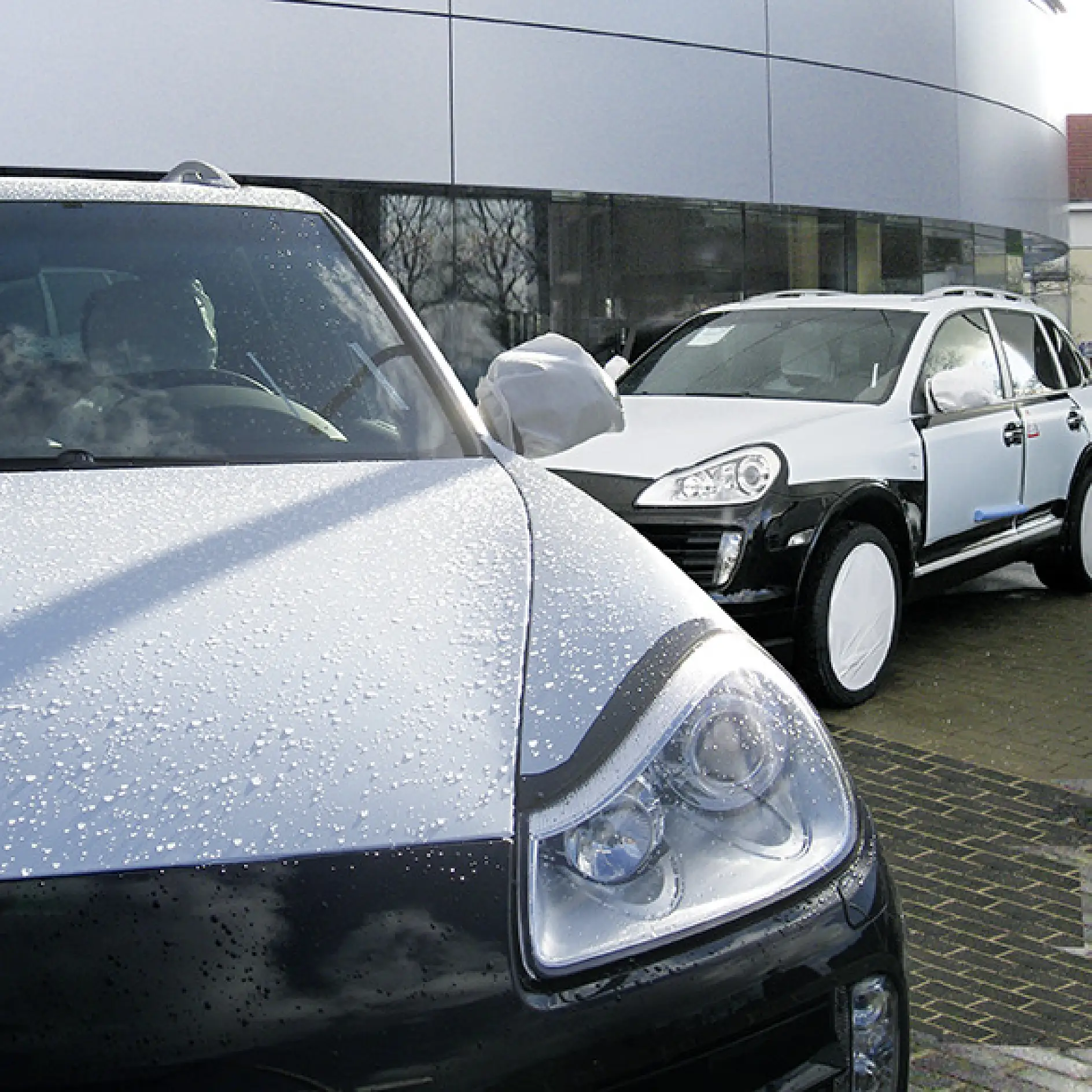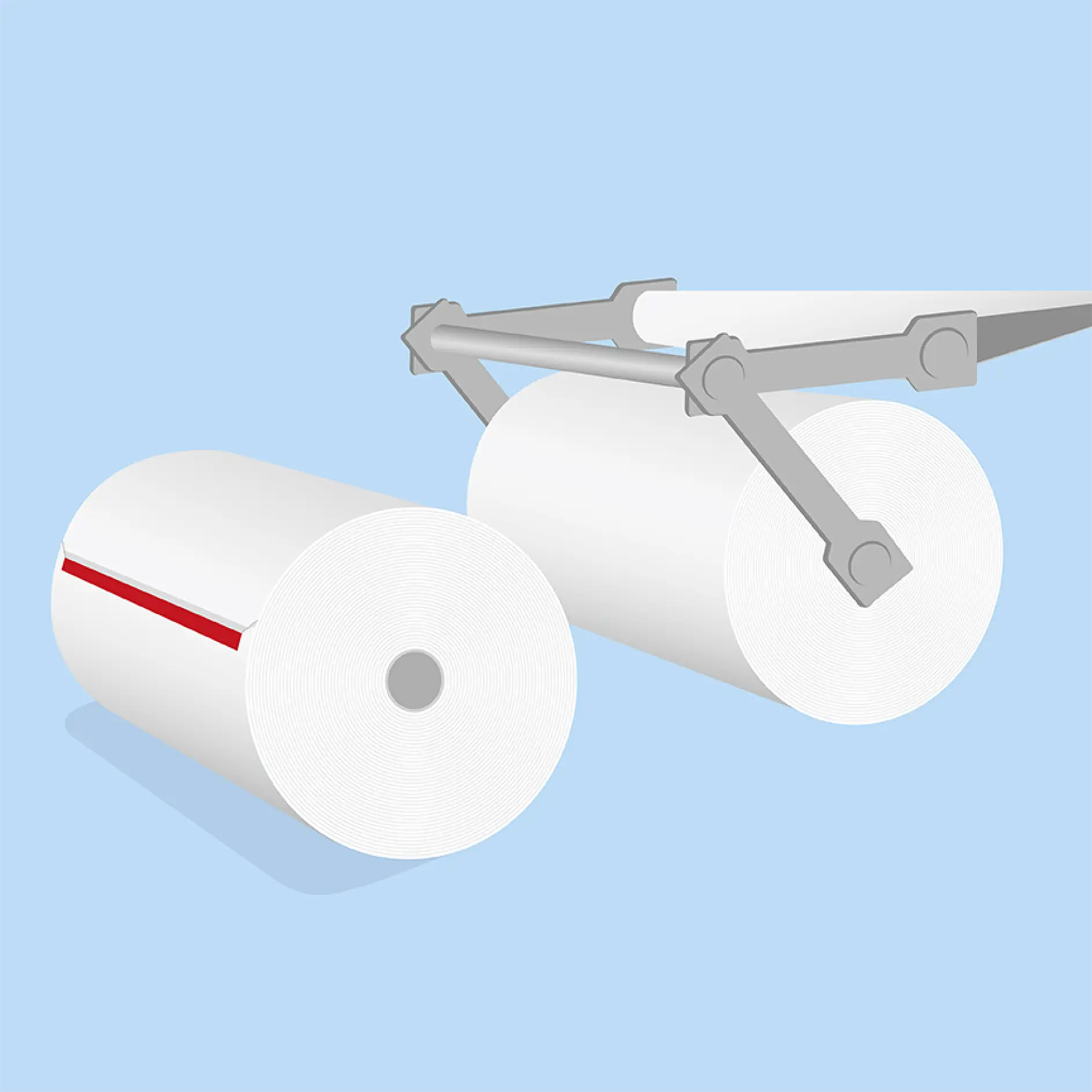The nice thing about adhesive tapes is that you can determine in advance how stable the taping will be. Should it be permanent? Or only a quick flirt? Or perhaps a more temporary or reversible on-off relationship. We will explain what it's about.
Let's start with the basics: three forces act in an adhesive. The inner bond, the cohesion, determines the degree to which a substance is prevented from ripping. The adhesion, i.e. the stickiness of an adhesive, describes its ability to remain stuck to an non-sticky object. The tack is the strength with which an adhesive connects to a surface in a very short amount of time. So far, so good. But how do I set these three parameters in order to gain the right adhesive tape connection for my requirements?


